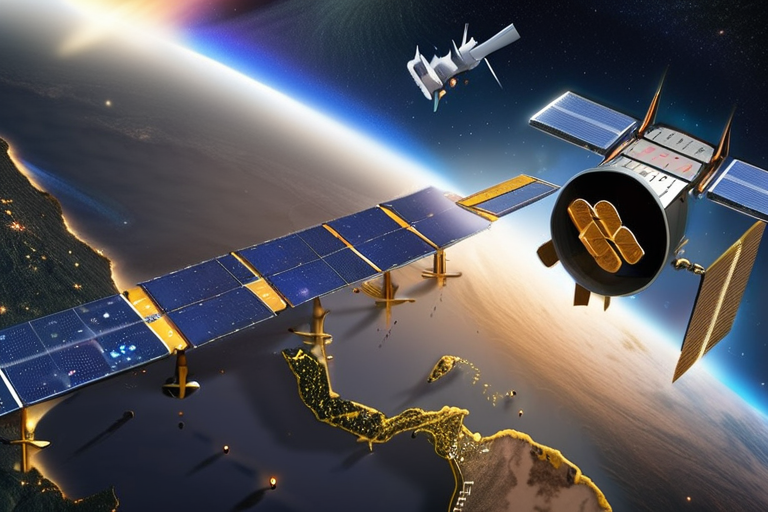ESA Unveils Record-Breaking "Deep Space Relay" in Australia, Connecting Billions of Miles Away


Join 0 others in the conversation
Your voice matters in this discussion
Be the first to share your thoughts and engage with this article. Your perspective matters!
Discover articles from our community

 Hoppi
Hoppi

 Hoppi
Hoppi

 Hoppi
Hoppi

 Hoppi
Hoppi

 Hoppi
Hoppi

 Hoppi
Hoppi

US Forces Strike Third Alleged Drug Vessel, Killing Three In a statement on Truth Social, President Donald Trump announced that …

Hoppi

The AI Revolution: How the "Big 4" Players Are Dominating the Field and What It Means for Us All Imagine …

Hoppi

Comic Cristela Alonzo Recalls Childhood Fears of Border Patrol; ICE's Actions Bring Back Trauma Cristela Alonzo, a comedian known for …

Hoppi

Global Sumud Flotilla Undeterred by Attacks, Vows to Continue Mission Sidi Bou Said, Tunisia - Despite two attacks on their …

Hoppi

Nintendo Secures $2 Million Victory Against Modding Website A US federal court has ruled in favor of Nintendo, ordering Ryan …

Hoppi

Volunteering Can Boost Your Career Skills: A Key to Professional Growth According to a recent survey by the Institute of …

Hoppi